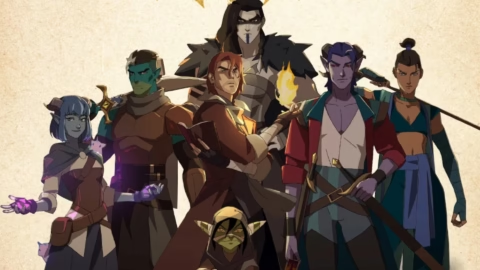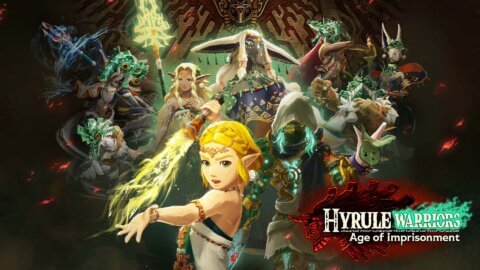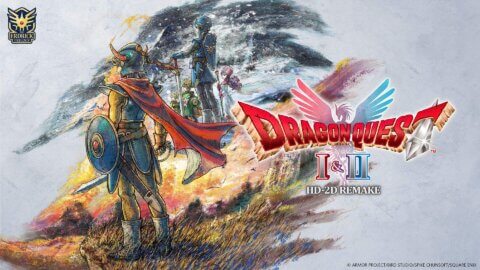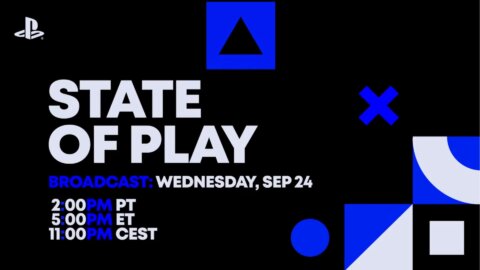I’ve been riding the Digimon train since the very beginning. I still remember tuning in before school in 1999, and getting pulled into a brand new world of monsters and action with Digimon Adventure. That series stuck with me. It was messier, darker, and more emotional version of Pokemon that I really resonated with. Fast forward twenty-five years and I’m still here, still chasing that feeling. So when Digimon Story: Time Stranger was revealed as the first new entry in the ‘Story’ series since 2018’s Cyber Sleuth: Hacker’s Memory, I knew I had to dive in.
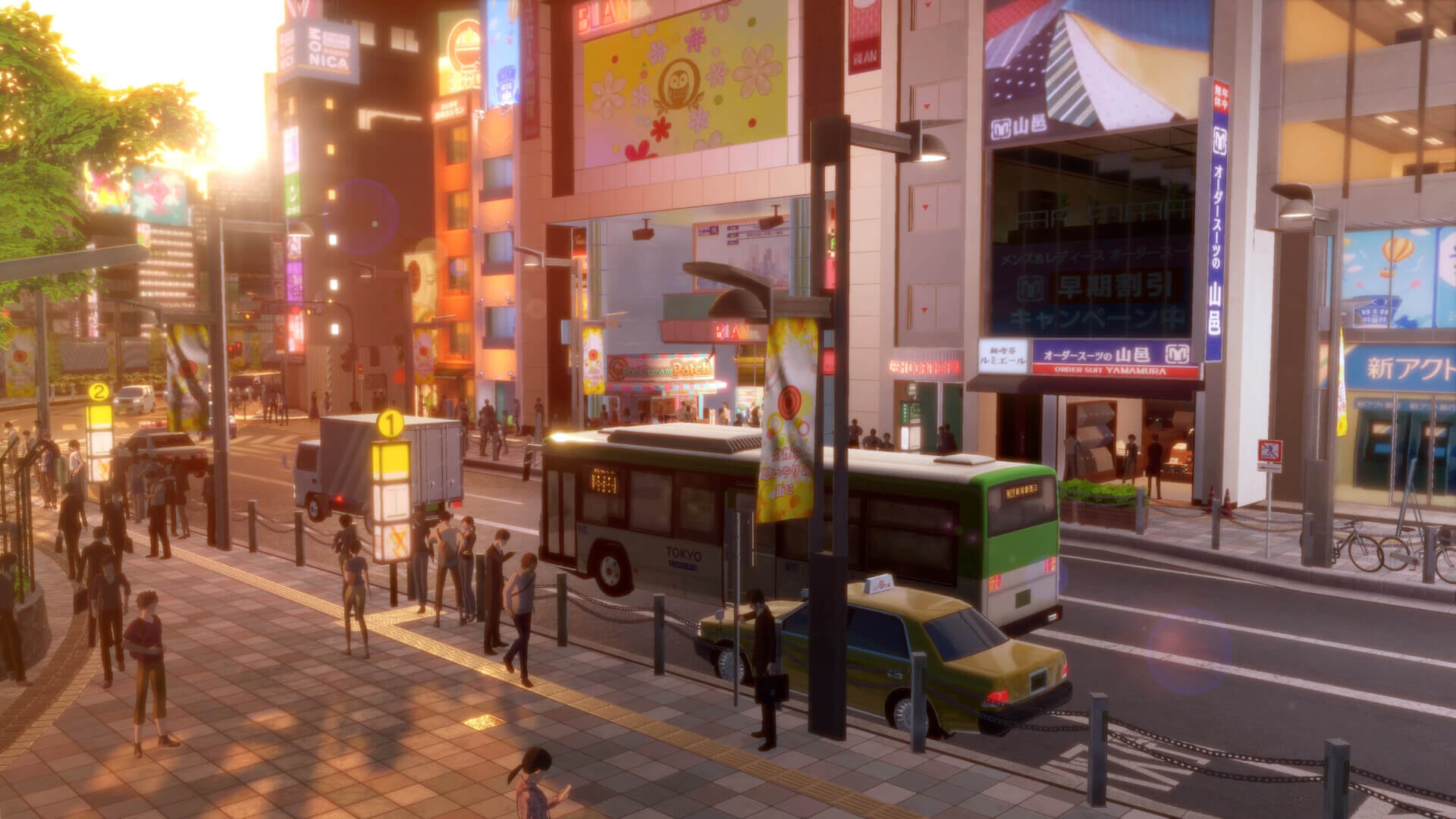
The first thing worth noting, Time Stranger is not a direct continuation of Cyber Sleuth. This isn’t “Hacker’s Memory 2.” It’s a completely new narrative, with a fresh cast and premise. That’s a smart move, because it makes the game a perfect jumping on point for newcomers while still rewarding longtime fans with the rich Digimon lore it pulls from. And after playing through it on PS5, I can say this is one of the strongest Digimon RPGs we’ve ever gotten, though it isn’t without some flaws.
The game’s story plays out across both the real and digital worlds. On the human side, you’re based in Shinjuku, Tokyo. This hit home for me personally because I was actually in Shinjuku just a few months ago. Walking through Kabukicho and then booting up the game to see those same streets reimagined in Bandai Namco’s slick anime style gave me a little thrill. The team nailed the stylized realism, enough accuracy to be recognizable, but with just enough exaggeration to fit the Digimon aesthetic.
From the jump, you choose whether to play as a male or female protagonist. Whichever one you don’t pick doesn’t just vanish, instead, they join your journey as an adviser, someone you check in with frequently. It’s a nice touch that helps keep the cast balanced, and I liked the dynamic it created.
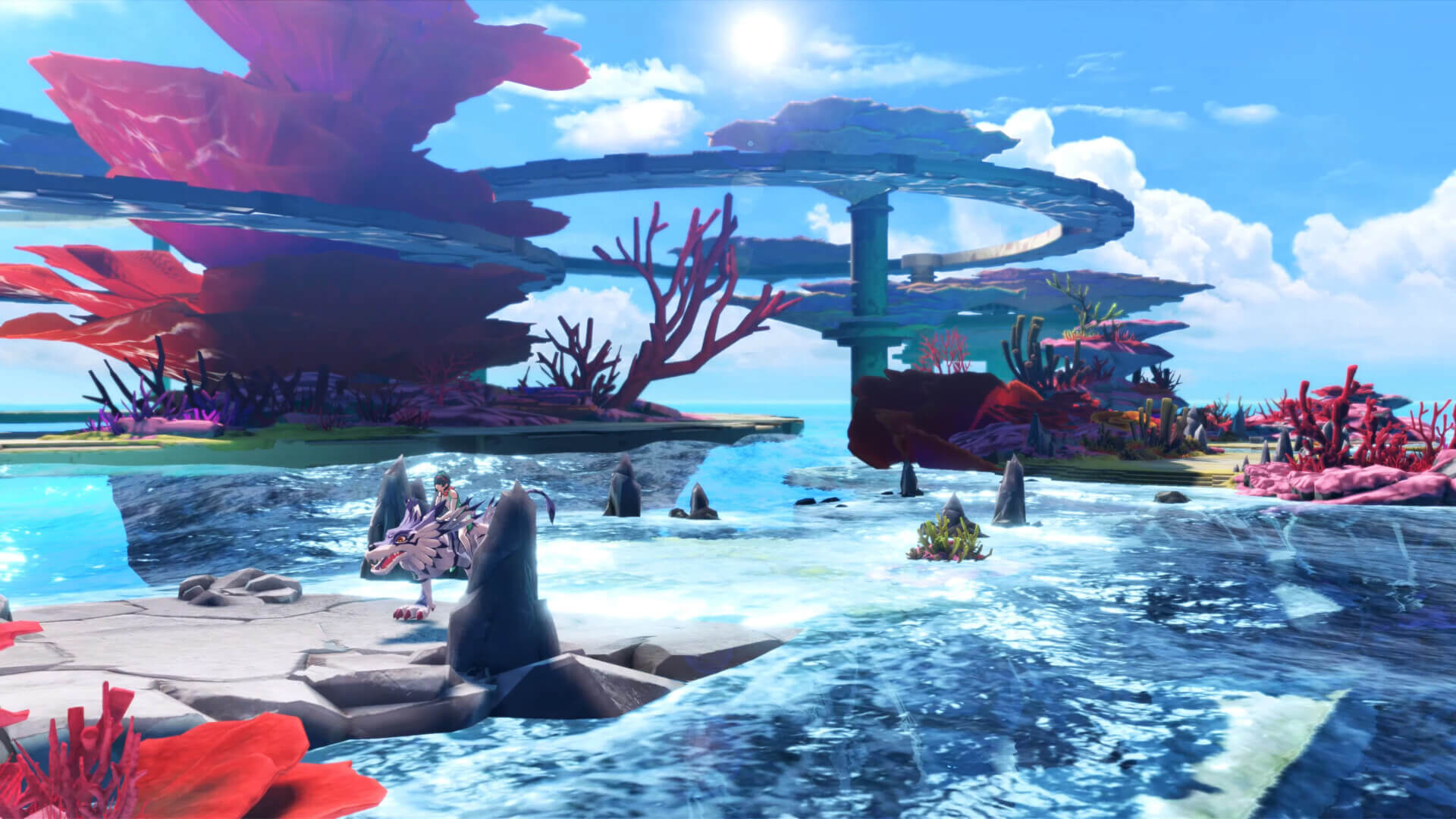
After the main opening event of the game, you happen to travel eight years into the past to uncover the truth behind a catastrophic event that devastated part of Tokyo and led to that section of the city being permanently sealed off. To get to the bottom of it, you’ll bounce between Shinjuku and the digital world, here called Iliad, chasing clues, taming Digimon, and trying to prevent history from repeating itself.
The setup is strong, but here’s where expectations matter. The story is a slow burn. There’s a big action set piece early on, the same one showcased in the demo, and it does a great job of showing you the scale the game will eventually hit. But after that, things cool down for a while. The focus shifts to teaching you systems, onboarding you into the digital world, and slowly building toward the bigger revelations. If you’re expecting wall-to-wall drama from the start, you might feel the drag. Personally, I didn’t mind too much, because once the plot does kick into high gear, it’s fantastic, and being an existing Digimon fan had me wanting to push on and see more.
More than anything, Time Stranger feels like it was written for fans who’ve been keeping up with Digimon lore across the past 25 years. It pulls references from every anime season, not just the original Adventure, and weaves them into its new storyline. That means no matter which show was your favourite, Tamers, Frontier, Savers, there’s something in here that will click. What surprised me most was how emotional it got. There are moments of genuine heartbreak, scenes that had me sitting back with that “oh damn” feeling. I wasn’t expecting to tear up in a Digimon RPG, but here we are.
If there’s one area where the game doesn’t fully deliver, it’s side content. As you explore, you’ll bump into NPCs who ask you to handle odd jobs. Most of these are straightforward fetch quests or extra battles. They’re functional, and you’ll probably want to do them since they feed into your Agent Rank system (more on that in a bit), but I found myself wishing they had more story meat on their bones. Given how strong the main narrative can be, it’s a little disappointing that the optional missions rarely carry the same weight.
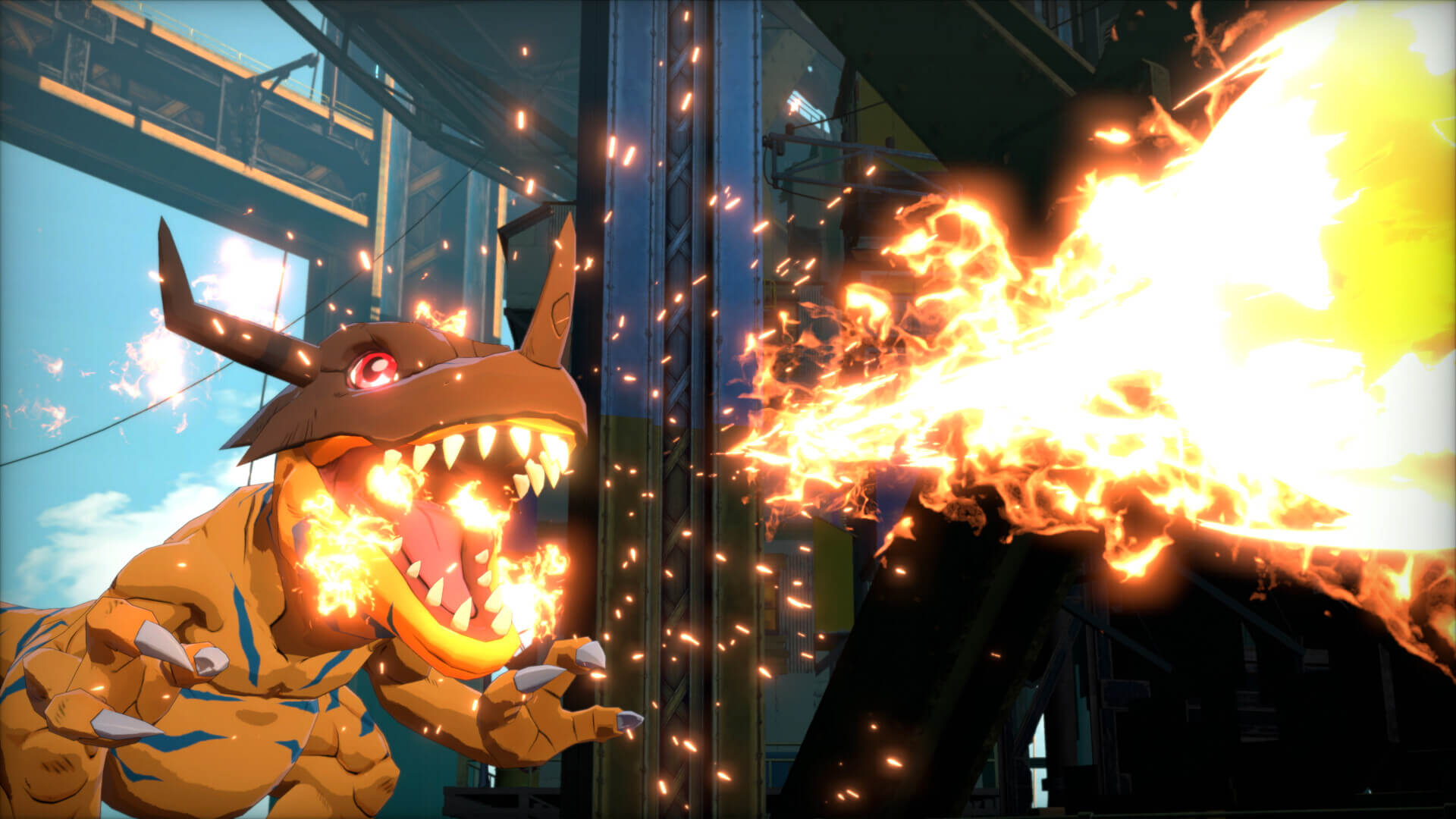
The biggest improvement over the Cyber Sleuth games is the digital world itself. Iliad isn’t just a string of cyberspace corridors anymore, it’s a full, explorable world. There are wide-open fields, different biomes, hidden nooks, and a sense of scale that makes it feel alive. Better yet, you can hop on certain Digimon and use them as mounts to cover ground quickly. It makes exploration feel purposeful instead of just functional. And with over 450 Digimon available, more than a hundred beyond what Hacker’s Memory offered, you’ll want to explore every corner to fill out your roster.
Capturing Digimon works on a scan system. Every time you encounter a Digimon in battle, your scan percentage for that species goes up. Once it passes certain thresholds, you can convert that Digimon into your team. The higher the percentage, the stronger the resulting Digimon will be. It’s a neat twist on monster catching because it rewards repeat encounters instead of blind luck.
Another welcome change, Digimon now appear in the overworld. No more random encounters, if you see a Monzaemon waddling around, you know exactly what you’re about to fight. It makes the world feel more organic, and it lets you pick your battles instead of being constantly interrupted.
Of course, the heart of Digimon has always been Digivolution. Each creature has branching paths it can evolve into depending on its stats, personality, and whether you’ve met certain requirements. The trial and error aspect is still here, but now it’s paired with deep customisation.
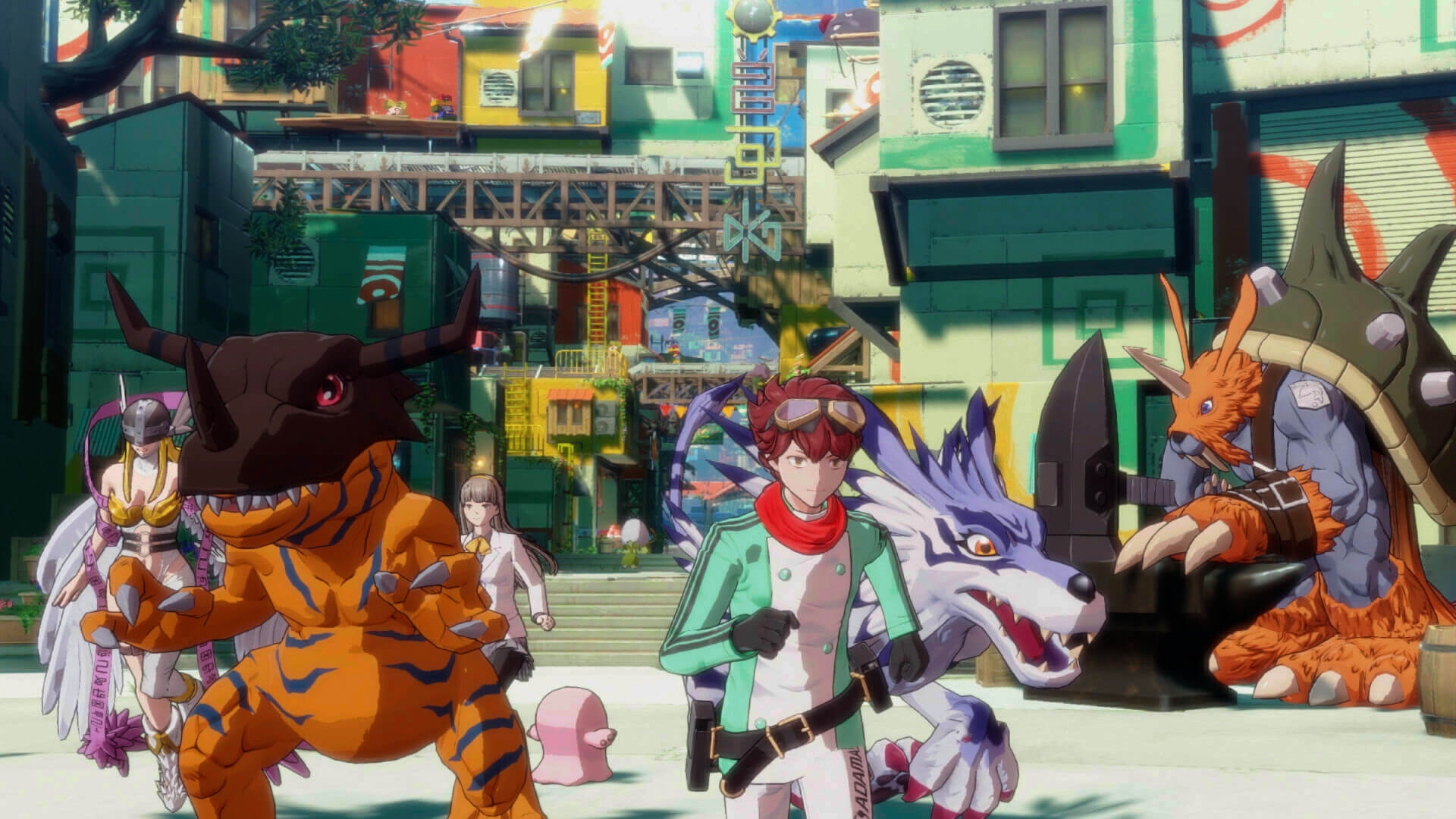
There are 16 personality traits that affect everything from stats to available digivolutions. That means two Agumons can play completely differently depending on their personalities. It’s an incredible system, and with 450 Digimon in the game, the combinations are practically endless. You’ll lose hours just experimenting.
Combat is classic turn-based RPG fare, but with enough depth to keep it interesting. You can have four Digimon in your party at once and rotate them as need be. Every turn, you decide between basic attacks, special skills, guarding, or using items. The turn order is visible, so you can plan ahead several moves, which becomes essential in tougher battles.
Digimon fall into the classic rock-paper-scissors categories of Data, Virus, and Vaccine, while also having elemental affinities for their skills. Playing around with team composition to exploit enemy weaknesses never got old. Boss fights in particular pushed me to think several steps ahead, and I really appreciated that.
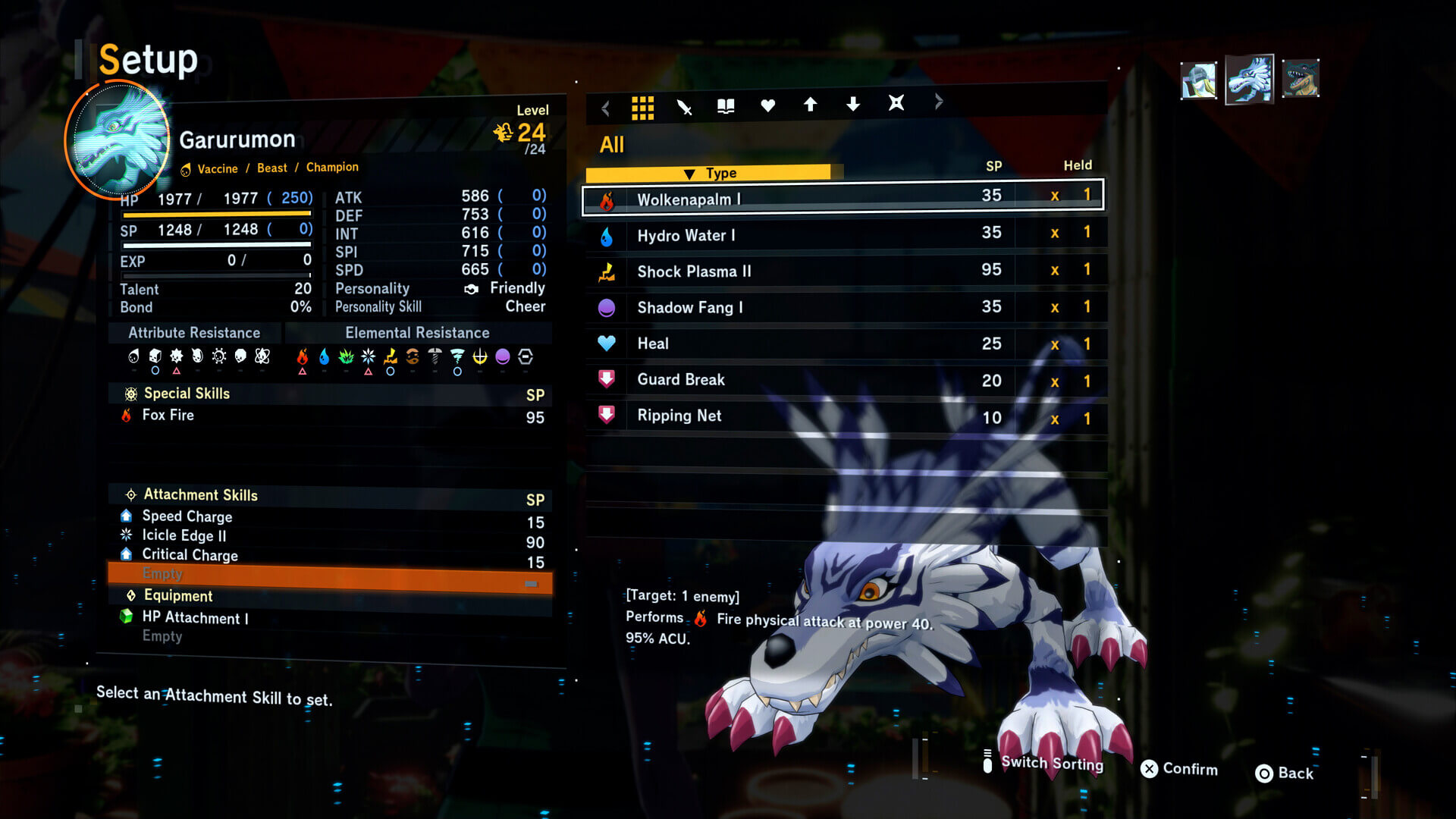
For players less into turn based combat, the game includes handy quality of life options. A battle speed-up toggle and a full auto-battle mode where the CPU will make your moves for you. Both are welcome additions that make grinding much smoother, and the game welcoming to more players in general.
Outside of Digimon growth, you also level up your own Agent Skills. Completing missions raises your Agent Rank, which unlocks new nodes in a skill tree. These skills give you extra combat abilities and thus new digivolution options. It adds a second layer of progression that kept me invested in doing missions, even when they were repetitive.
Visually, Time Stranger is the best-looking Digimon Story game yet. The Digimon models pop with personality, and the environments are more detailed and varied than anything we’ve had before. Running on PS5, it looks sharp and fluid, with stylish anime cutscenes sprinkled throughout.
The biggest surprise? An English dub. Cyber Sleuth didn’t have one, so hearing these characters brought to life in English was a real treat. The performances are solid across the board, adding a lot of personality to the cast. Most of the dialogue is voiced, too. And if dubs aren’t your thing, the Japanese voices are still an option.
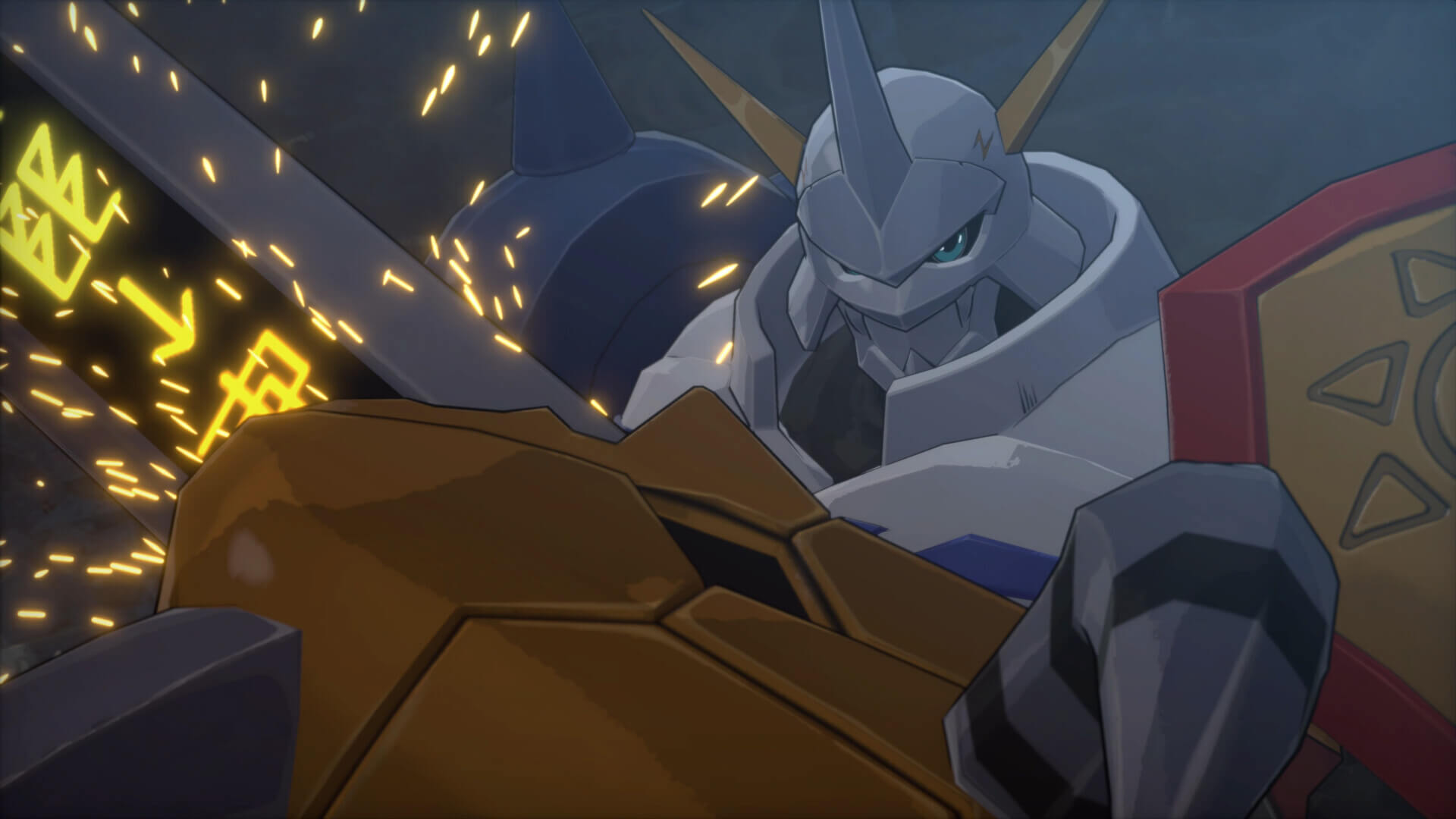
Final Thoughts
Digimon Story: Time Stranger isn’t perfect. The side quests are forgettable, and the slow pacing early on might turn off some players. But once it hits its stride, it’s one of the best Digimon RPGs to date. The expanded roster, deep customization, and improved world design make it a joy to play, and the emotional story beats land harder than I expected.
For longtime fans like me, this feels like a love letter to everything Digimon has built over the last quarter century. For newcomers, it’s an accessible entry point with enough depth to keep you hooked. Either way, it’s worth the trip back into the Digital World.
A PS5 review code was provided by the publisher for the purpose of this review.
If you want to see more content like this and never miss one of our frequent gaming and anime giveaways come and Follow Ani-Game on Twitter.
8.5
- + A great starting point even if you haven’t played earlier Story games
- + Game systems and combat that tie together and influence each other well
- + English voice option for the first time
- + More Digimon to collect than ever before
- - Story is a bit of a slow burn after the opening act
- - Would have loved more engaging side content
